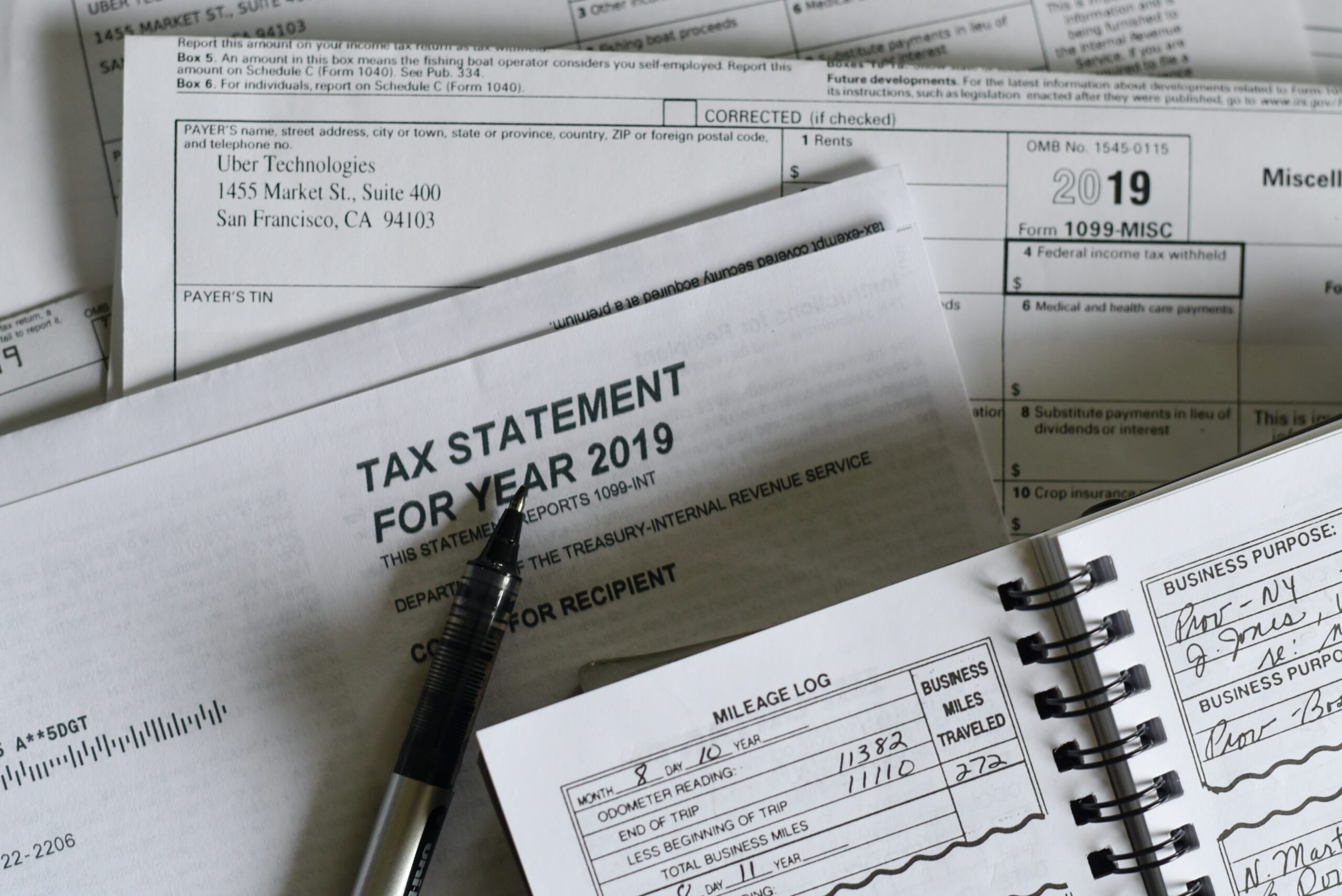Every spring, millions of American individuals and businesses are busy preparing and filing their taxes to submit to the IRS by April 15th. Since nonprofit organizations are tax-exempt, that means they don’t have to file taxes, right? Well, there actually is an informational form that nonprofits must submit to the IRS every year in order to maintain their tax-exempt status. That form is Form 990.
While nonprofits are still required to file Form 990 with the IRS, there are some differences between filing this form and filing standard taxes. There are even different types of Form 990 for different types of nonprofit organizations. Information about tax forms and dealing with the IRS can be a confusing process, so this article will help you understand everything you need to know about Form 990, including what it is, who needs to file it, when to file it, and the different versions that exist.
What is Form 990?
Form 990 is an informational document that tax-exempt nonprofit organizations must file with the IRS every year. Essentially, the form functions as a report of your organization’s year. The amount of information you must include depends on which form you are required to file (more on that later).
Generally, the information included in Form 990 details things like the mission of your nonprofit, the programs you oversee, and your organization’s finances. You can also choose to include what your organization accomplished in the last year. While it is not technically filing taxes, Form 990 is the way the IRS checks to make sure your nonprofit is complying with the rules for tax-exempt organizations and determine that your organization is still deserving of tax-exempt status.
Now that you have a basic idea of what Form 990 is and its primary function, we’ll explain the different types of 990s and help you determine which form your organization will need to file.
Which 990 Form to File
There are four different 990 forms used by the IRS for nonprofits organizations. Which one is required for an organization depends on several factors, including the organization’s gross receipts and total assets.
These factors generally differ a great amount between small organizations and larger organizations, since larger organizations ultimately bring in more money and have more assets. So, with more receipts and more assets, larger nonprofit organizations will have more paperwork to fill out for their 990 and smaller organizations will file a simpler version.
Here are the different versions of the 990 form and the requirements for each:
- Form 990-N (e-Postcard): This form is for smaller organizations whose gross receipts are normally ≤ $50,000
- This is the shortest and easiest 990 form to file. You’ll have to provide a small amount of information including your organization’s legal name and address, EIN, tax year, name and address of the principal officer, URL, and confirmation of tax receipts under $50,000
- If your organization is eligible to file Form 990-N, you may choose to file a full return if you’d like to include more information
- Form 990-EZ: This form is for small/medium organizations whose gross receipts < $200,000, and total assets < $500,000
- This form is 4 pages long and requires more information than Form 990-N, such as data from balance sheets, program accomplishments, itemized grant information, and more
- Once again, you may choose to file the standard 990 form if you’d like, even if you are eligible for Form 990-EZ
- Form 990: This is the standard 990 form and is for larger nonprofit organizations whose gross receipts ≥ $200,000, or whose total assets ≥ $500,000
- The standard 990 form is 12 pages long and requires the most amount of organizational info. On this form, you will have to summarize your mission and purpose, include information from financial records, and recount your accomplishments as an organization for the year
- Form 990-PF: This form is required for all private foundations, regardless of their financial status
- With this 990 form, you are required to report on the private assets of your foundation, as well as your trustees and officers, grants, and financial activities
Additionally, the IRS offers instructions and guides for each form to help you with the filing process.
If you are planning an audit of your organization, it is best to do so before you file Form 990 because you will need to include the information from your audit in your 990.
While the 990 form is the only federal tax filing required by the IRS, some states have additional tax filing requirements for nonprofits. Check your state’s requirements on the IRS website.
Almost all nonprofit organizations are required to file a 990 form, but there are a few exempt organizations, including:
- Churches and other faith-based organizations. This includes missions, religious schools, or missionary organizations
- State institutions, such as universities
- Government corporations
There are more exempt organizations than the ones listed here, so be sure to check the IRS’ exemption list.
When to File Form 990
Now that you know which 990 form your organization is required to file it’s time to figure out exactly when to file. While normal taxes are due on April 15th each year, the due date for nonprofit 990 forms works in a different way.
Nonprofit organizations are required to file their respective 990 forms annually by the 5th month and the 15th day after their fiscal year ends. If your nonprofit operates on the calendar fiscal year that ends on December 31st, then your 990 Form would be due by May 15th.
Additionally, the IRS offers extensions if you need more time to complete your 990. In order to receive an extension, you must file Form 8868. Filing this form will gain you a 6-month extension.
Why Filing a 990 Form is So Important
Well, first and foremost, it’s required by the IRS just like it’s required for individuals to file their taxes every year. While that reasoning is very obvious, there are also other reasons why filing your 990 form is important for your nonprofit organization.
These reasons include:
- Accountability
- Filing a 990 form each year is a good practice that allows you to review the entirety of your organization’s financial information on a regular basis
- Transparency
- 990s are public records. This means your organization’s 990 will be accessible to anyone who wants to view it. While having all of your organization’s information out there may seem daunting, there are benefits that can come from it. Nonprofit supporters will be able to see that your organization is legitimate and worthy of their support. You can also use the information you include in the 990 in your annual report. This can also help with receiving grants because other organizations can look through your 990 and verify your authenticity
- Avoiding Penalties
- As with filing normal taxes, there are penalties for failing to file on time or at all. These penalties include:
- Losing your tax-exempt status. If you don’t file your 990 form for three years in a row, your tax-exempt status is automatically revoked by the IRS
- Losing your ability to accept tax-deductible contributions and donations
- Having to pay fees for late forms that range from $20 to $100 per day
- Losing the confidence of your donors
- As with filing normal taxes, there are penalties for failing to file on time or at all. These penalties include:
Filing a 990 form for your tax-exempt nonprofit organization may be annoying, but doing so regularly is in the best interest of your organization. This way you’ll be able to avoid any penalties and also prove your legitimacy to anyone who is interested in learning more about your nonprofit. This is especially helpful when it comes to receiving grants and it can also benefit your public relations.
As mentioned earlier, filing your 990 form regularly allows for transparency of your organization since it is a public record. This also means that you can view other nonprofit organizations’ 990 forms. By doing this, you can research organizations similar to yours and compare their information with your own. It is a useful and free measuring device to determine how your organization is performing compared to similar organizations.
This can also be helpful as you work to file your own nonprofit’s 990 form because you can check the previously filed 990s from organizations similar to yours and view all of the information they included in their filing. If you want to look up the 990 forms from other organizations, Candid provides a searchable database that helps easily locate filings from previous years for every nonprofit. As an example, here is the 2017 990 form from World Central Kitchen. These forms can be a valuable resource if you are trying to file your 990 for the first time or compare your organization to similar nonprofits.
Having to file a 990 form for your nonprofit can seem like a major, unexpected annoyance, but doing so is not as bad as it may seem. If you stay on top of your organization’s finances and other information, this process should be easier than filing your own taxes.
Submitting your 990 form each year is vital to maintaining your tax-exempt status, but it also allows your organization to review its information on a regular basis and be completely transparent with your supporters. Use this article as a guide to help you through the entire 990 filing process, including which 990 your organization needs to file and when you need to file.
By Dom Lincoln





